Idle Dormitories Reborn: A Three-Way Creative Collaboration
The Atypical Revitalization of Cijin Social Innovation Base
“We plan to phase in surrounding residents, local craftspeople, and young partners into the school-led revitalized space, creating a sustainable model co-built by students, community, and Qijin’s next generation.” Professor Li I-chih admits the restoration and revitalization of the Technician Quarters was challenging. Today’s strong local network was built through sustained effort and numerous projects, ultimately establishing a distinctive model of renewal for Qijin.
For a special publication, the X-Basic Planning team interviewed Professor Li I-chih on how his university’s USR project transformed dilapidated dormitories into a site for educational practice. This initiative has helped reconnect the community, revive local crafts, and reposition these old houses and their communities for the modern era.

Roaming and Rooting on the Sandbar Peninsula
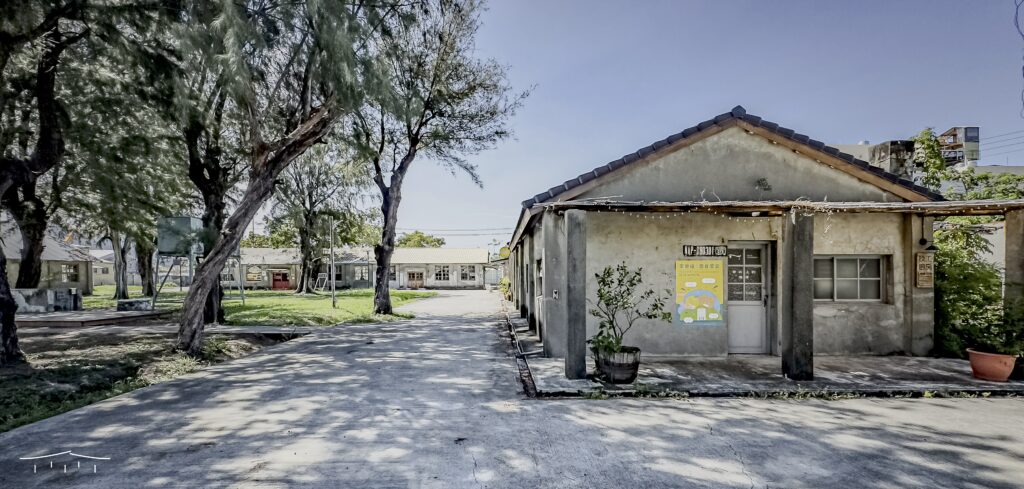
Situated on the Qijin Peninsula, the technician quarters occupy the site of a naval warehouse built during the Japanese rule period, whose original structures were destroyed during World War II. Following the war, the site was repurposed by relocating personnel from Nanjing’s Pukou Naval Factory, who founded the Naval Factory No. 1 (later in 1957 the Fourth Naval Shipyard). They hand-built the North and South Technician Dormitories and surrounding married quarters on the former warehouse site. This area became a haven for a diverse community: factory technicians, relocated residents of Xiakeiliao, and immigrants from Dachen Island. For all these displaced people, it served as a temporary anchor, a place to call home.
This period of prosperity was cut short. After the fire disaster at a military dependents’ village in 1995 and subsequent military downsizing, residents gradually moved away. The vibrant community deteriorated into a derelict site, its redevelopment hampered by tangled property rights. The tide finally turned in 2014, when local efforts enabled the dormitory to host a University Social Responsibility (USR) project from National Sun Yat-sen University’s Department of Sociology, saving it from continued decay.
From a Sampan, a Story of Renewal
Professor Li I-chih still recalls the scene that greeted him on his first visit to the technician quarters—a desolation so complete it nearly compelled visitors to turn back. “At that time, we didn’t know what to do. The long-abandoned dormitories were in ruins. The compound was a muddy field of overgrown grass, their asbestos roofs decayed from years of rain.” Facing the vast, derelict 2,000-square-meter site, the Sun Yat-sen University team remained undeterred. They adopted a steady, unconventional approach, realizing their vision for the Cijin Social Innovation Base through the gradual accumulation of small-scale projects.
The team prioritized cultural revival over infrastructure renovation. To keep the memory of Cijin’s iconic sampan boats alive, they partnered with naval architecture experts and master craftsman Tung Ming-shan, successfully relaunching this fading maritime tradition within the technician quarters. At the same time, to counter local skepticism toward the abandoned site, the team actively brought in external resources and secured subsidies to improve the pavement. From a sociological perspective, they conducted in-depth field studies, documented local stories, and held visioning workshops to ensure the final plan genuinely reflected the community’s aspirations.

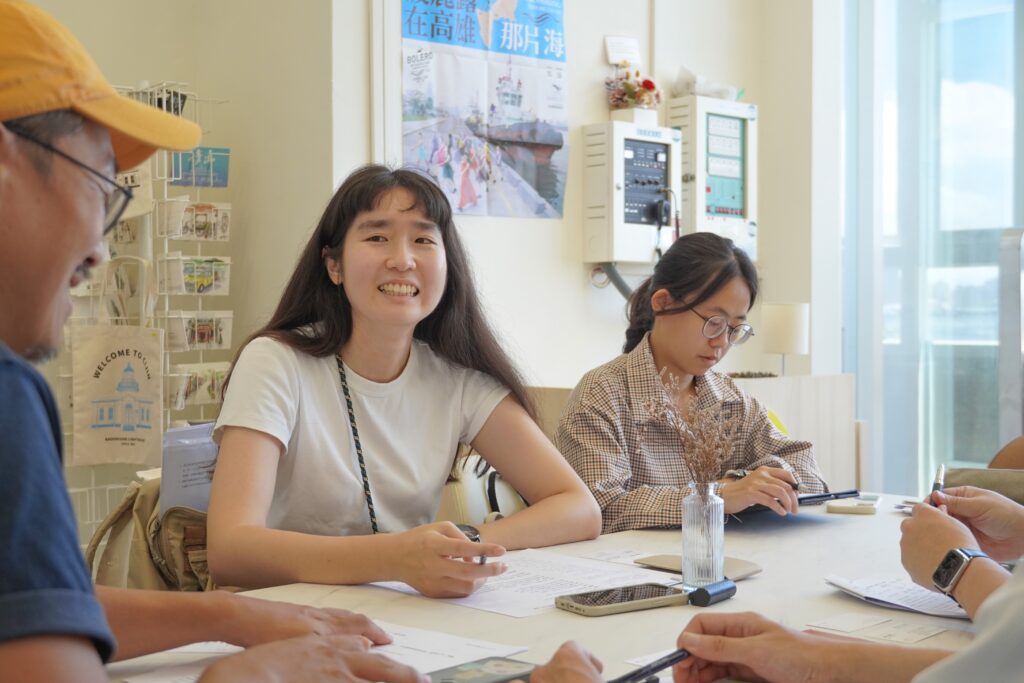
The Expansive Potential of Learning Laboratories
With a stable theoretical base and strong community relationships in place, the focus shifted to sustainable operations, giving rise to the ‘Cijin Social Innovation Base Festival’—now the Circular Green Living Festival. Through artistic interpretations of local narratives, the school transformed classroom work into a popular annual festival, drawing widespread attention from within and outside the community. However, utilizing unrestored old houses was inherently difficult. Professor Li I-chih shared a pivotal moment from the early days: just after they had replaced the first dormitory’s roof with new metal sheeting, a typhoon tore the entire structure away, taking a wall with it. During subsequent events, they had to drape fabric screens over the gaps—a precarious yet determined solution that ultimately fortified the team’s resilience.
The ‘Technician Advancement Team,’ founded in 2021 under the university’s youth program, integrated multiple restoration efforts. They initiated dining hall renovations using a grant from the Ministry of Culture and help from volunteers, then expanded into community skill-building via the ‘Cijin Harbor CC’ project backed by national development funding.
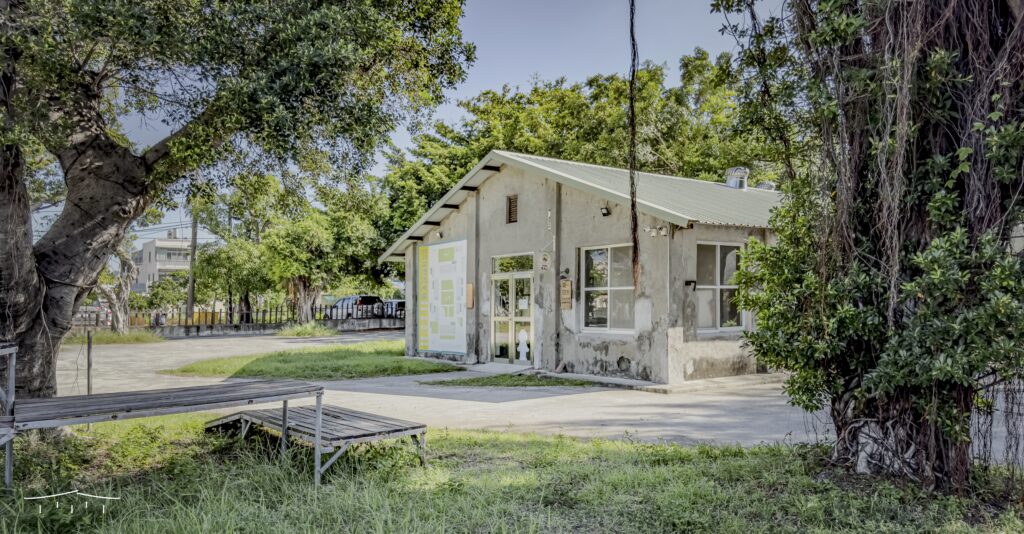
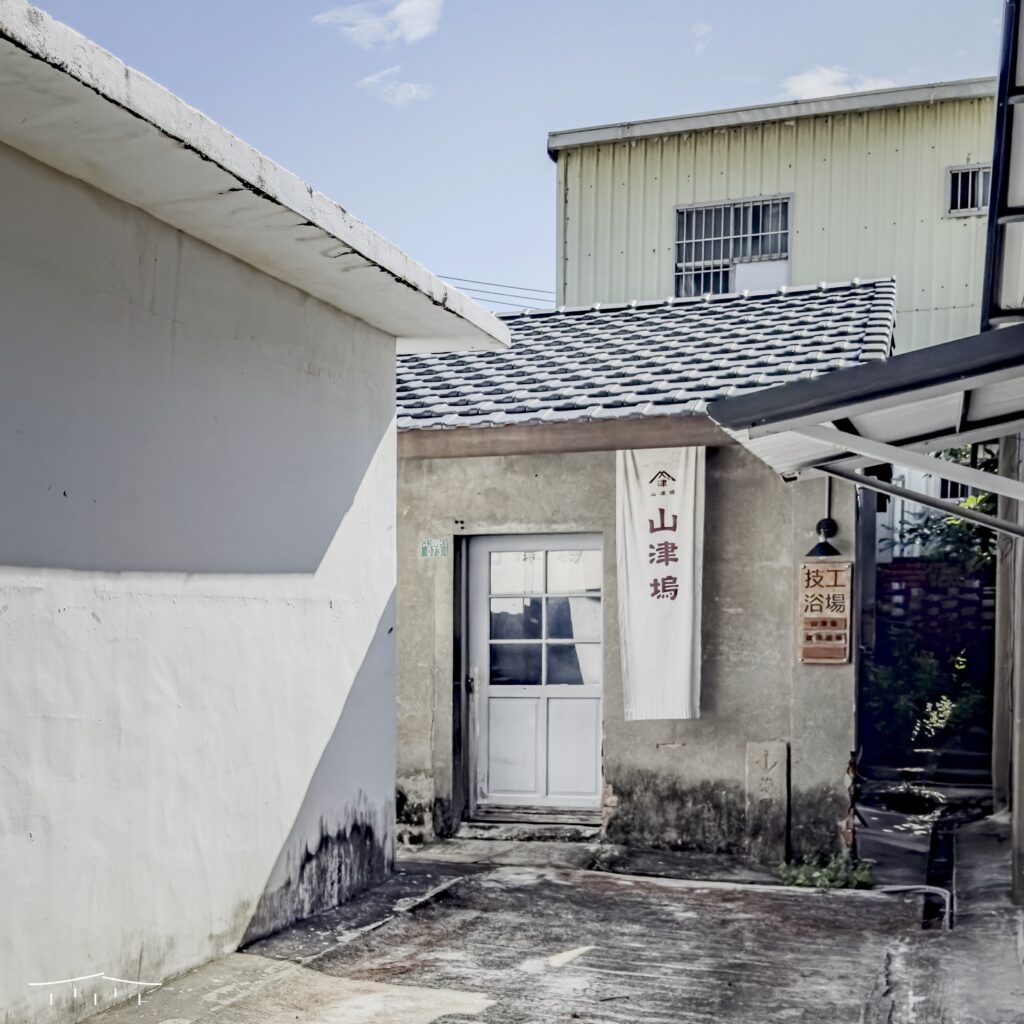
The team is building a sustainable model by offering space to ease the initial burden on artisans, while also connecting them with resources to grow their professional skills and community ties. After the artisans are on solid footing, a cost-sharing model for technician quarter maintenance is introduced, securing the Cijin Social Innovation Base’ financial sustainability.
The Cijin Social Innovation Base not only supports returning youth but also hosts university projects like Qijin Stove Cafe and a fitness club for seniors, transforming academic knowledge into community care focused on local food, fishing culture, and elderly health.
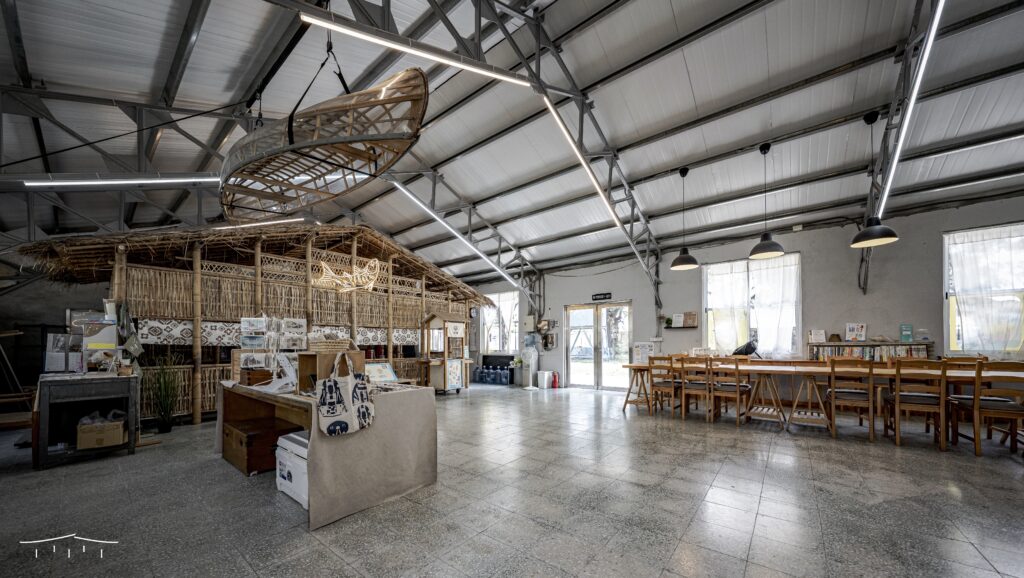
Though the Cijin Social Innovation Base lack bustling crowds outside of festivals, it is never silent. The sounds of crafting, communal laughter, and student activity perpetually animate the complex, filling the once-deserted buildings with a steady pulse of life. Transformed by slow, deep social practice, the Cijin Social Innovation Base are now an organic entity rooted in the community that nurtures local memory, fosters local talent, and meets social needs, presenting a resilient blueprint for revitalizing forgotten spaces.
The complete story of ‘Cijin Social Innovation Base,’ along with more cases of old house revitalization, will be included in the X-Basic team’s new book. Stay tuned!
